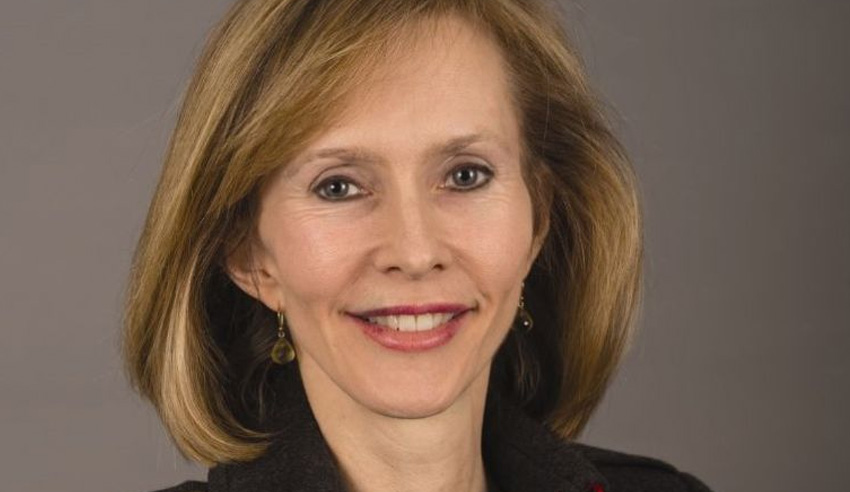According to a new report, Australian IPOs will defy early expectations this year, following a record end to 2020.

Herbert Smith Freehills has released its 2020 Australian IPO Review – A Tale of Two Halves – which covers the key IPO themes and activity from across the Australian market from the last year and predicts the trends expected in 2021.
A “spate” of listings in the second half of the year – more than five times as many IPOs in the second half of 2020 than in the 1H20 – meant that almost all of the year’s IPOs were completed after June.
A late surge in 2020
HSF partner and joint global head of capital markets Philippa Stone (pictured) said that market conditions last year were challenging at the outset for IPO candidates, in the wake of COVID-19 and a market crash in February.
This was followed, she continued, by ongoing global trade tensions and the US presidential election.
Unsurprisingly, she deduced, the volume of capital raised from IPOs in Australia in the first half of last year was at its lowest point in the past four years.
“But the landscape for IPOs did not turn out to be nearly as dire as predicted at the start of the pandemic,” she added.
“In fact, the Australian IPO market demonstrated its resilience and ability to rebound quickly, as witnessed in the strong upturn of activity in the second half of 2020. Record low interest rates made equity relatively attractive, and some IPO businesses actually benefited from COVID-19-19 effects, while others were simply good businesses with impressive earnings that would have floated well in any conditions.”
Sector analysis
Examining the top-performing sectors, HSF partner Nicole Pedler said that the materials sector had the most listings in 2020, followed by healthcare. The latter sector saw enormous growth in the volume of IPOs, she said, seeing a rise of 70 per cent compared to 2019.
“The healthcare sector listings included businesses focussed on R&D, equipment and health tech solutions such as respiratory protection equipment designer and manufacturer Cleanspace Holdings and virtual GP service Doctor Care Anywhere, which arguably reflects the accelerated growth, interest and demand in this sector in response to COVID-19,” she said.
“The third sector by number was IT. However, the sector distinctions obscure the fact that outside of mining and exploration entities, about half of the IPOs in 2020 had a strong technology story.”
Predictions for 2021
On the back of the “flurry” of IPO activity in the 2H20, HSF expects that this year will also see voluminous activity.
The firm has not, HSF partner and co-head of Australian capital markets Michael Ziegelaar mused, seen “such a full IPO pipeline” for quite some time.
In fact, he said, regulators are likely to be “inundated” with prospectuses in 2021.
“We also anticipate that more overseas businesses will consider listing on the ASX, and that we will see more private equity exits as a result of Australia’s attractive IPO conditions,” he advised.
“Australia’s economic stability, current low interest rates, investor optimism based on the global vaccine roll-out and the positive FY21 half-year reporting season will only add to the confidence in the IPO market.”
Lessons from 2020
The report also found that the extraordinary events of the past year had “exposed a number of inefficiencies” with the traditional IPO processes, which had the effect of accelerating the market’s adoption and integration of technology as the “new normal”.
Strict travel restrictions, HSF partner Philip Hart detailed, meant that most IPO roadshows had to be held virtually, “but this brought efficiencies through the benefit of reduced time and cost constraints, allowing IPO issuers to reach a wider pool of potential investors in the right markets”.
“The shorter timeframe in which a virtual roadshow can be conducted also serves to potentially reduce the issuer’s exposure to market volatility,” he posited.
“While it’s unlikely that roadshows will be entirely digital in the future, we expect the ‘new normal’ to be a hybrid approach, tailored to suit the needs and circumstances of the individual IPO issuer.”
Other thoughts
Looking ahead, HSF believes that there are a number of industries that can benefit from the “renewed vigour” of the IPO market. For example, firm partner Tim McEwan noted, new economy IPOs such as those in telehealth, technology and e-commerce will continue at pace.
“COVID-19 has accelerated the speed at which businesses in new economy industries have been able to IPO and these industries will benefit from an acceleration or permanent change in the way we do things as a result of the pandemic,” he said.
“Old economy industries won’t be left out. Those that have COVID-19 proofed their business models such as those in retail, financial services and property will make a comeback, especially where they have a history of consistent yields, which are attractive given current low interest rates.”
This year won’t be without challenges for the world’s markets, Mr McEwan continued.
“Concerns about global COVID-19 economic policies, inflation surprising on the upside, or concerns about the efficacy of vaccines may impact issuer and investor confidence. However, Australia’s stable economic climate, changes in consumer spending habits and low interest rates bode extremely well for a strong year of IPO activity ahead,” he said.
On Tuesday, 2 March 2021, Lawyers Weekly will host the second of its three-part masterclass series on IPOs and capital raisings, in conjunction with Baker McKenzie partner and head of capital markets Antony Rumboll. To learn more, click here.

Jerome Doraisamy is the managing editor of professional services (including Lawyers Weekly, HR Leader, Accountants Daily, and Accounting Times). He is also the author of The Wellness Doctrines book series, an admitted solicitor in New South Wales, and a board director of the Minds Count Foundation.
You can email Jerome at: